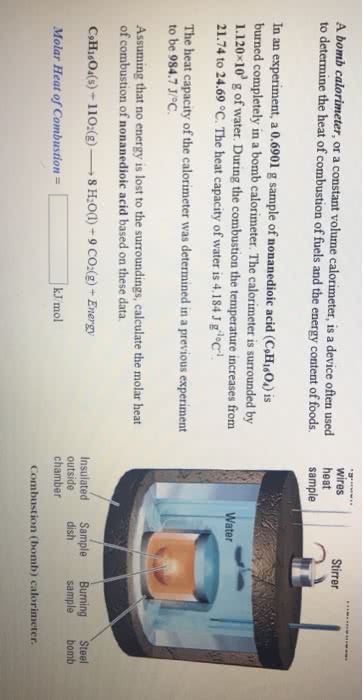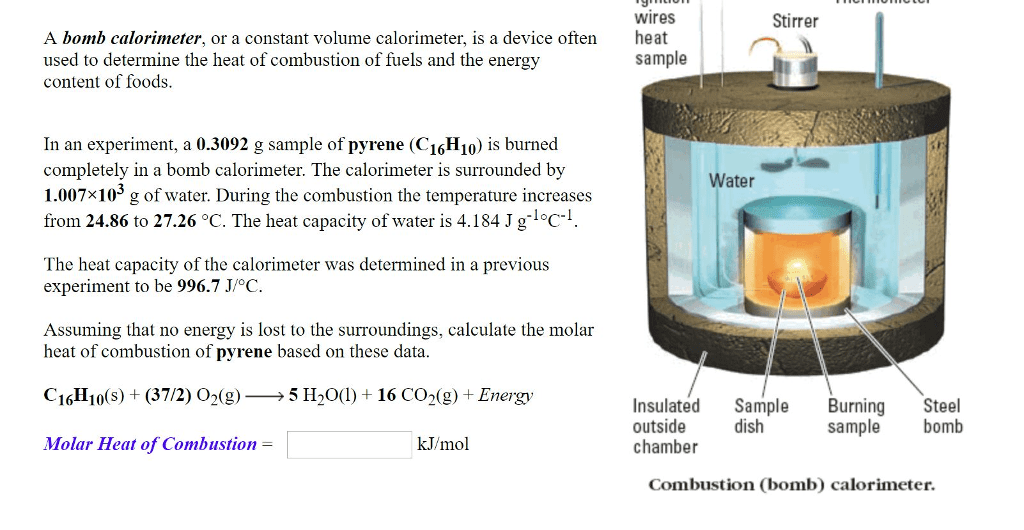CHEM 202 Chapter Notes - Chapter 5: Heat Capacity, Thermodynamics, Organic Compound

A chemical reaction in which an acid and a base react quantitatively with each other.
System
The part of the universe being studied.
Heat Capacity
The amount of heat needed to raise the system's temperature by one degree Celsius.
Joule
The unit of energy in the SI system.
Surroundings
The part of the universe that is not being studied.
Calorie
The amount of heat required to raise the temperature of one gram of water from 14.5°C
to 15.5°C. 1 calorie = 4.184 joules.
Bomb Calorimeter
A device for determining heats of combustion by igniting a sample in a high pressure of
oxygen in a sealed vessel and measuring the resulting rise in temperature: used for
measuring the calorific value of foods.
Coffee Cup Calorimeter
A constant pressure calorimeter. As such, the heat that is measured in such a device is
equivalent to the change in enthalpy.
Thermal Energy
Energy possessed within the system due to movement of the particles within the
system.
Kinetic Energy
The energy that an object possesses due to its movement.
Hydrocarbon
An organic compound consisting entirely of hydrogen and carbon.
Specific Heat Capacity
The level of heat required to raise the temperature of the unit mass of a given
substance by a given amount (usually one degree)
Hess' Law
Regardless of the multiple stages or steps of a reaction, the total enthalpy change for
the reaction is the sum of all changes.
Standard State
The state of a chemical at 25 degrees Celsius, and 1 atm.
Enthalpy
A thermodynamic quantity equivalent to the total heat content of a system. It is equal to
the internal energy of the system plus the product of pressure and volume.
Second Law of Thermodynamics
As energy is transferred or transformed, more and more of it is wasted.
find more resources at oneclass.com
find more resources at oneclass.com
Document Summary
A chemical reaction in which an acid and a base react quantitatively with each other. The amount of heat needed to raise the system"s temperature by one degree celsius. The unit of energy in the si system. The part of the universe that is not being studied. The amount of heat required to raise the temperature of one gram of water from 14. 5 c to 15. 5 c. A device for determining heats of combustion by igniting a sample in a high pressure of oxygen in a sealed vessel and measuring the resulting rise in temperature: used for measuring the calorific value of foods. As such, the heat that is measured in such a device is equivalent to the change in enthalpy. Energy possessed within the system due to movement of the particles within the system. The energy that an object possesses due to its movement. An organic compound consisting entirely of hydrogen and carbon.



